The Easiest Way To Give Your Cat A Pill – Dos And Don’ts
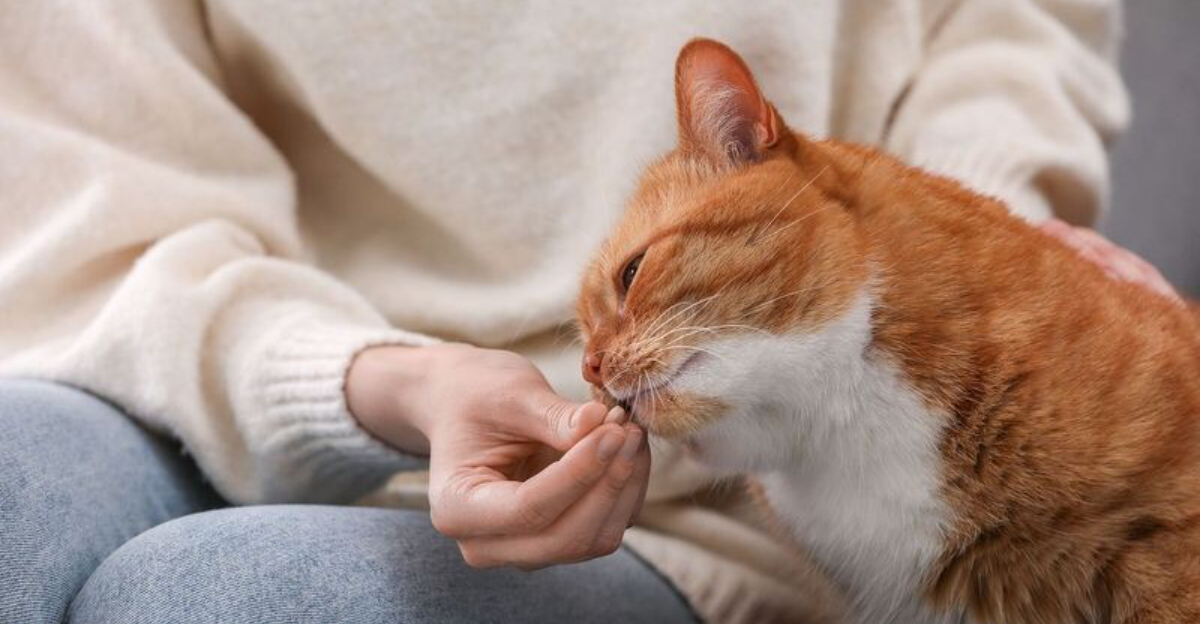
Pills and cats mix about as well as water and oil. Those tiny tablets can trigger Olympic-level escape maneuvers from even the laziest feline.
Whether your kitty needs medication for a short illness or ongoing health issue, knowing the right approach makes all the difference between success and scratches.
1. Force Your Cat’s Mouth Open Aggressively
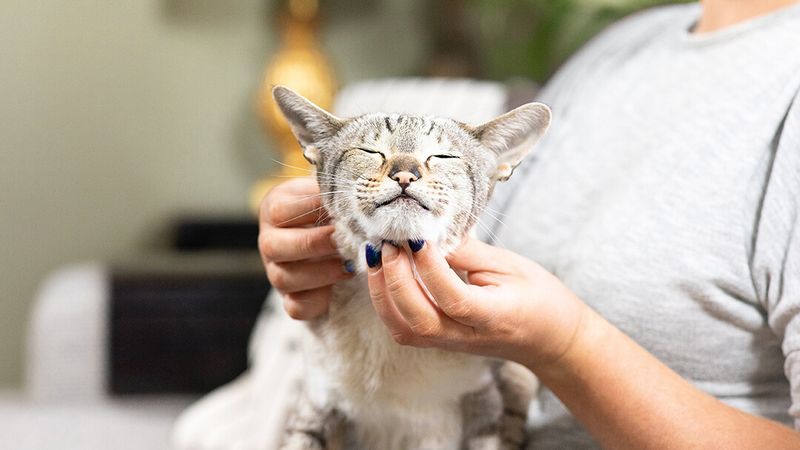
Rough handling creates a stressed, struggling cat who’ll remember the bad experience forever. Yanking their jaw apart or pinning them down builds fear and makes future dosing nearly impossible.
Your cat might even hide when they see you coming next time, turning medication into a household game of hide-and-seek.
2. Hide Pills In Tasty Treats

Sneaky treats are your secret weapon! Soft cheese, pill pockets, or a dab of tuna can disguise that medicine perfectly. Most cats get so excited about the treat they won’t notice the pill hidden inside.
Try different foods if one doesn’t work. Some kitties prefer cream cheese while others go wild for a bit of chicken.
3. Try A Pill-Giving Tool

Pill poppers keep your fingers safely away from sharp teeth while placing the pill exactly where it needs to go. These simple devices look like small syringes with rubber tips that hold the pill.
They’re especially helpful for cats who bite or for tiny pills that are hard to handle. Most pet stores carry them for under $10.
4. Crush Pills Without Veterinary Approval
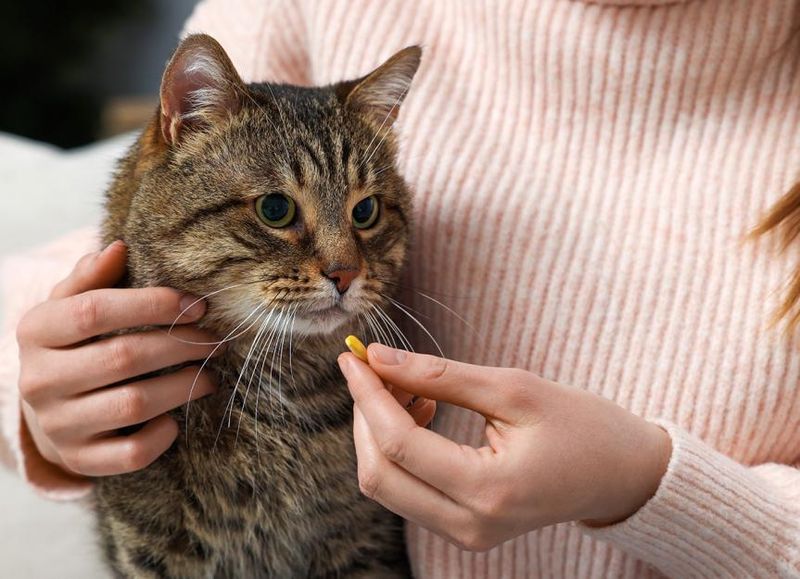
Some medications work only when swallowed whole. Crushing certain pills can release too much medicine at once or destroy their effectiveness completely.
Others might taste incredibly bitter when crushed, making your cat avoid that food forever. Always check with your vet before altering any medication form.
5. Reward Immediately After Success
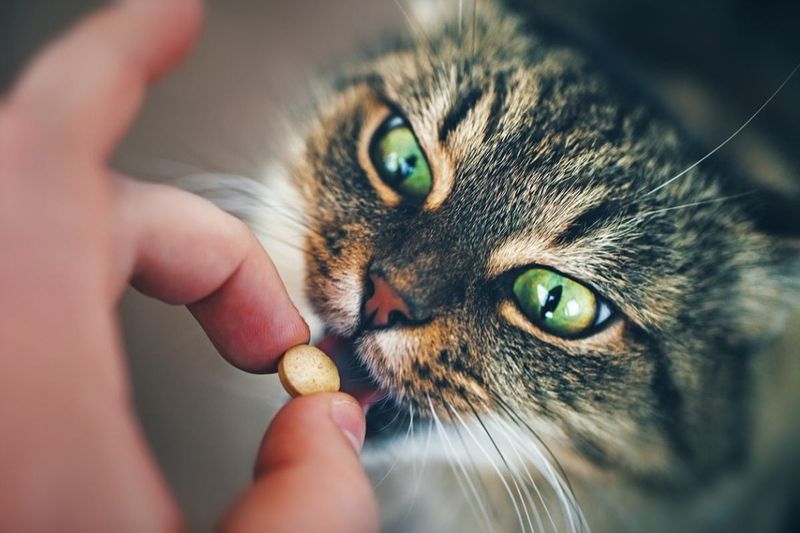
Positive reinforcement works wonders! The moment that pill goes down, offer a favorite treat, lots of praise, or a play session with a beloved toy.
This creates a positive association that helps override the unpleasant memory. Your cat learns cooperation brings rewards, making the next dose easier.
6. Mix Medicine In Full Meals
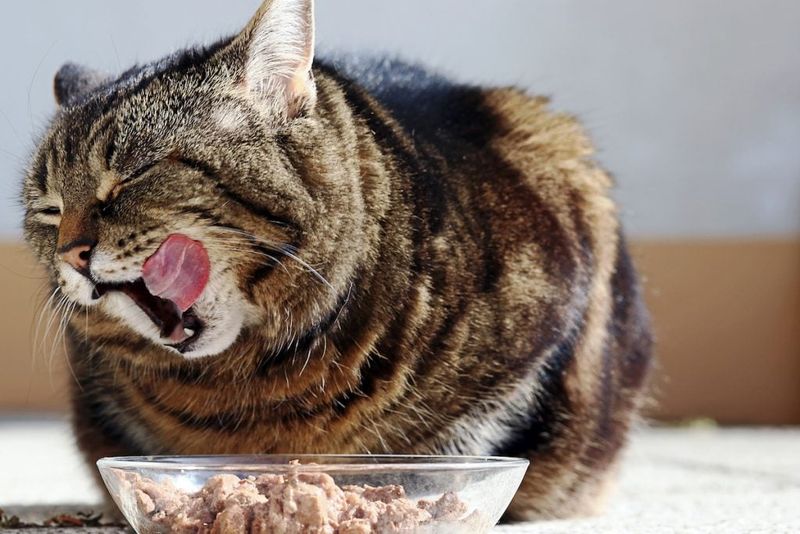
Hiding pills in bowls of food creates risky situations. Cats often eat around pills or might not finish their meal, leaving you wondering if they got the proper dose.
If they detect the medicine, they might develop food aversion and refuse to eat that brand again. Small amounts of special treats work much better.
7. Ask For Flavored Medication Options
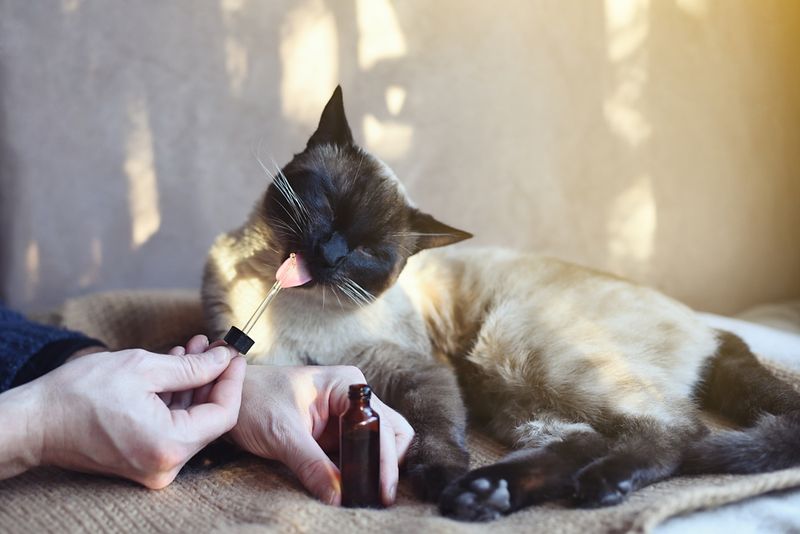
Many medications come in cat-friendly flavors these days! Veterinary compounding pharmacies can reformulate pills into chicken, fish, or beef-flavored liquids or chews.
Some cats will happily take these specialized medications like treats. Ask your vet about this option if your cat absolutely refuses regular pills.
8. Give Pills When You’re Stressed

Cats read our emotions like open books. When you approach with anxiety, your cat immediately senses something’s wrong and becomes defensive.
Take deep breaths and project calm confidence before attempting to medicate your pet. If you’re feeling frustrated, take a short break and try again when you’re relaxed.
9. Gently Wrap In A Towel If Needed
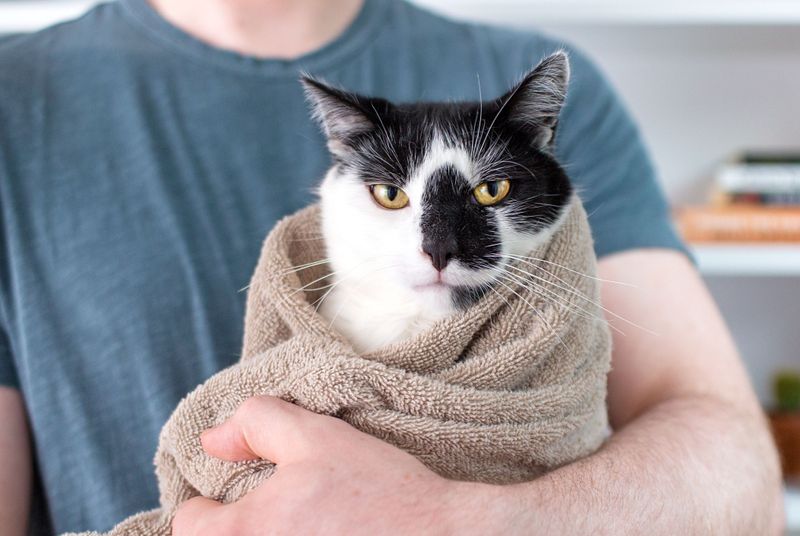
A purrito wrap provides gentle control for squirmy cats! Wrap your cat in a soft towel with only their head exposed to minimize scratching and escape attempts.
This technique keeps everyone safer during medication time. Just ensure the wrap isn’t too tight and release them immediately after giving the pill.
10. Chase Your Cat Around The House
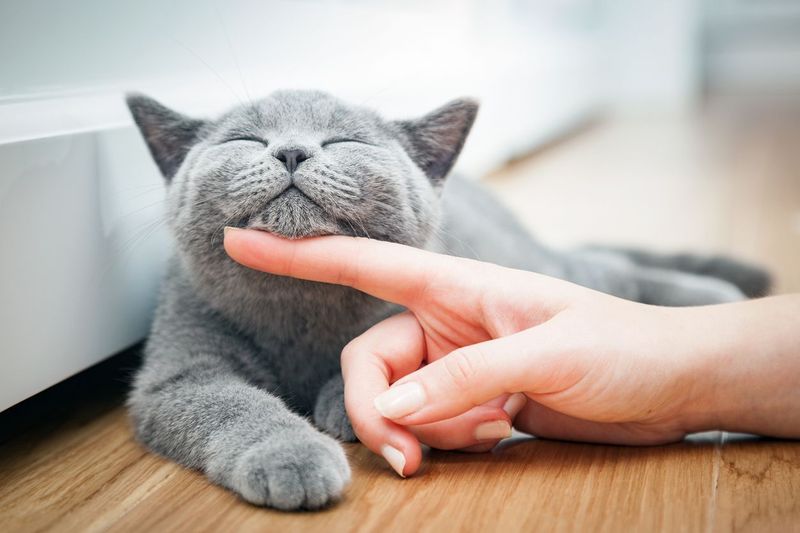
Pursuing your cat turns medication into a terrifying game of predator and prey. This creates long-term anxiety and teaches them to hide whenever they see you with medication.
Instead, calmly pick a moment when your cat is relaxed or slightly drowsy. Some owners find success medicating right before regular feeding times.
11. Practice The Proper Technique
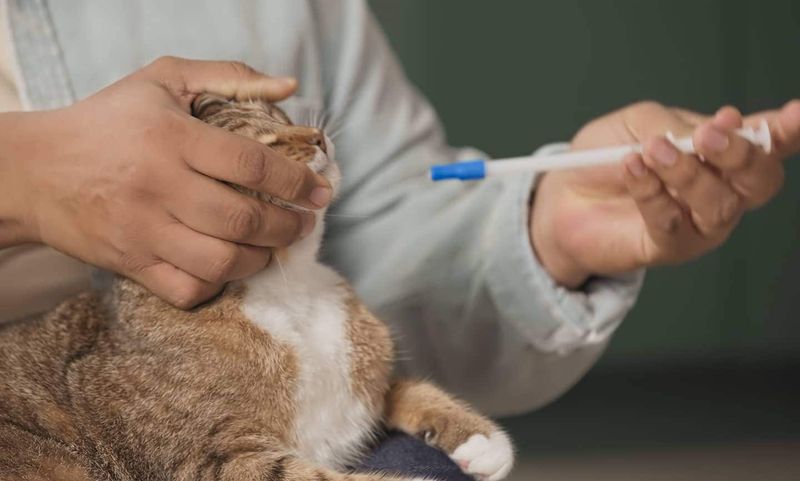
Mastering the right method makes everything easier! Tilt your cat’s head back slightly, place the pill far back on their tongue, and gently close their mouth while stroking their throat.
A small water syringe (without needle) can help wash the pill down. Ask your vet to demonstrate this technique during your next visit.
12. Assume One Method Works For All Cats
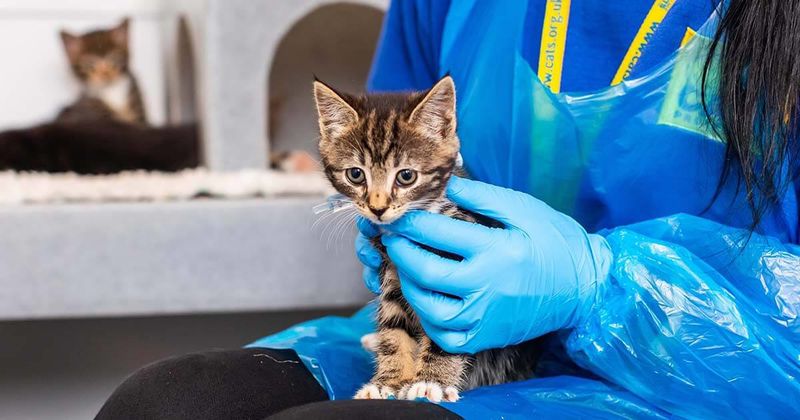
Each feline has unique preferences and personality quirks. What works perfectly for one cat might be completely ineffective for another.
Be flexible and willing to try different approaches. Some cats take pills easily in treats while others do better with the towel method or a pill-giving tool.
13. Consider Liquid Alternatives
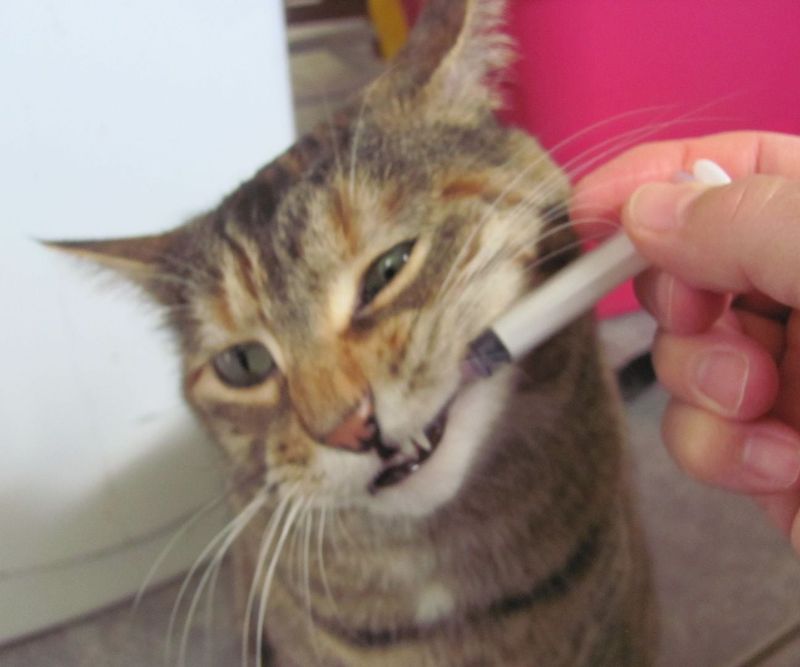
Liquid medications offer an excellent option for pill-resistant cats. These formulations can be squirted directly into the side of the mouth or mixed with a tiny amount of strong-smelling food.
Many cats find liquids less objectionable than pills. Ask your veterinarian if your cat’s medication comes in liquid form.
14. Give Up After One Failed Attempt

First tries rarely go smoothly! Medication becomes easier with practice as both you and your cat learn what works best.
If one attempt fails, take a short break, regroup, and try a different approach. Remember that consistency with medication is crucial for your cat’s health.






